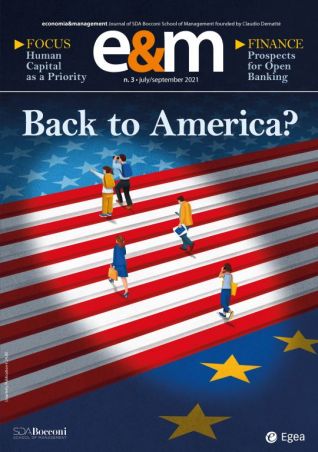E&M
2021/3
The Rise, Fall, and Rebirth of Soft Power
Throughout the 20th century, the United States adopted strong, targeted soft power policies (from art to music, from theater to literature), used to enhance and promote its cultural model. The Cold War years are considered those of the "golden age of American cultural diplomacy," when shows, exhibitions, literary journals, etc. were used to enhance and promote different values in contrast to those of the Soviet Union. With the end of the Cold War and the affirmation of a new globalized system, cultural diplomacy put sports, primarily NBA basketball, and museum diplomacy at the center of soft power policies. The United States is now faced with the growing influence of eastern countries – primarily China, India, Japan, and South Korea – and those in the MENA region. The sudden increase in sympathy for the United States after Biden's election and Kamala Harris's nomination for Vice President may restore the shine to the American dream and effectiveness to American soft power.



